Home > Auctions > 5th March 2024
Back to previous pageTuesday 5th March 2024 5 - 9 March 2024: Ancient Art, Antiquities,
Natural History & Coins
Auction Highlights:
Sold for (Inc. bp): £41,600
Sold for (Inc. bp): £32,500
Sold for (Inc. bp): £15,600
Sold for (Inc. bp): £7,800
Sold for (Inc. bp): £7,150
Sold for (Inc. bp): £3,120
Sold for (Inc. bp): £9,100
Sold for (Inc. bp): £9,100
'The Anglesey' Romano-British Marble Head of a Celtic Warrior
Lot No. 0193
Sold for (Inc. premium): £7,150
Romano-British Bronze Military 'Caister Fort' Gaming Dice with Mystical Symbols
Lot No. 0197
Sold for (Inc. premium): £546
Page 11 of 228
121 - 132 of 2726 LOTS
121 - 132 of 2726 LOTS

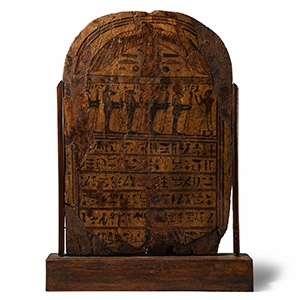
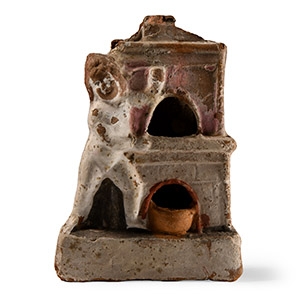
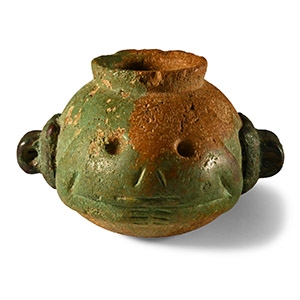
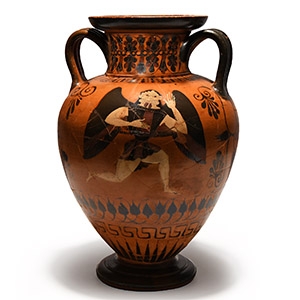
.jpg)
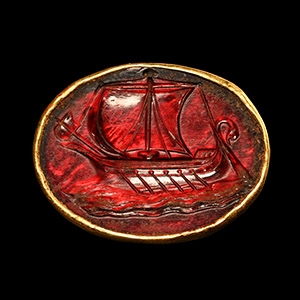
.jpg)
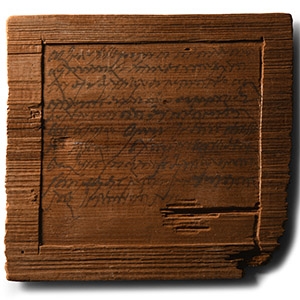
.jpg)
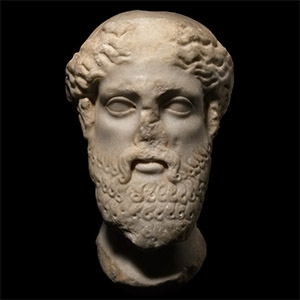
.jpg)
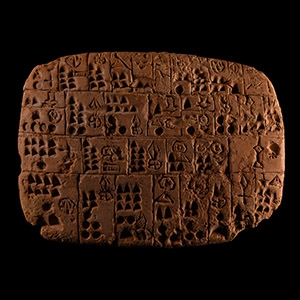
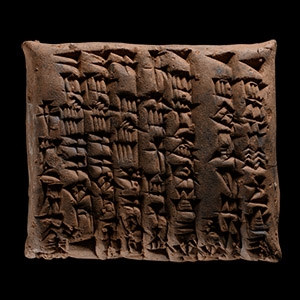
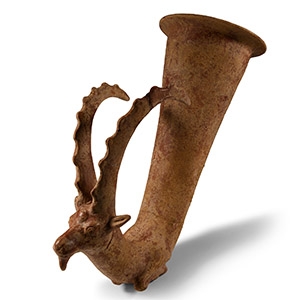
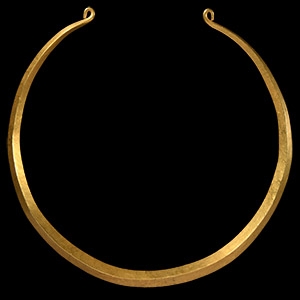
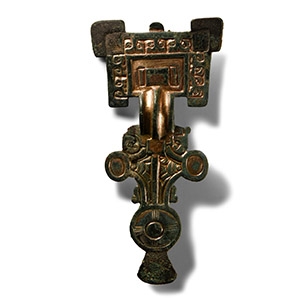
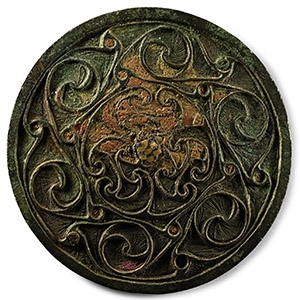
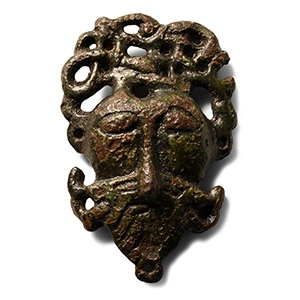
.jpg)
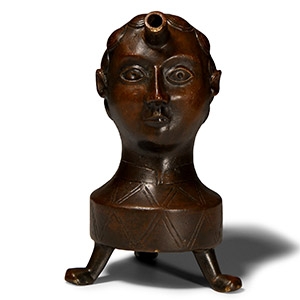
.jpg)
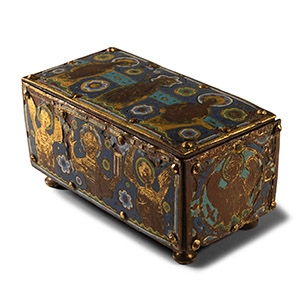
.jpg)
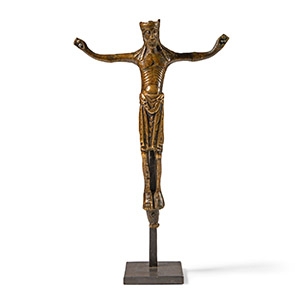






.jpg&width=60&height=30)
.jpg&width=60&height=30)







